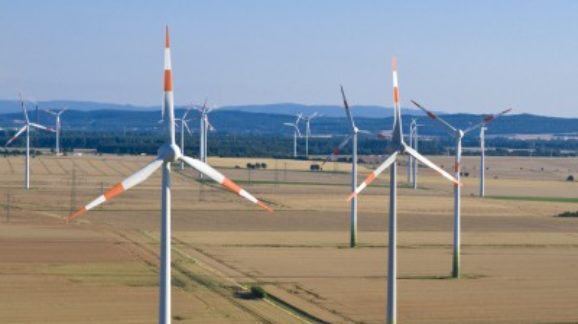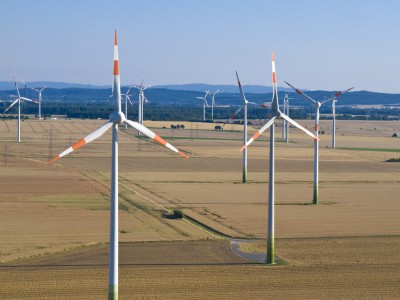Nuclear Power v. Renewable Subsidies

 The shale gas revolution has dramatically changed energy markets by providing cheap and reliable energy to the U.S. With the price of gas so low, we have seen other energy sources struggle to maintain their hold on the market. Even before the shale gas revolution, solar and wind energy had to be subsidized to be economically sustainable, giving renewables an unfair edge over other energy sources. Fossil fuels have maintained their competitive edge in the absence of a carbon price, but nuclear energy has struggled to find an economic edge in the era of renewable subsidies and cheap shale gas. High regulatory costs, insurance costs, and capital costs have plagued the nuclear industry forcing new nuclear development into a tight corner when energy prices are low. However, plants that have already been built have faced the costs of capital and are able to compete with fossil energy in an open market.
The shale gas revolution has dramatically changed energy markets by providing cheap and reliable energy to the U.S. With the price of gas so low, we have seen other energy sources struggle to maintain their hold on the market. Even before the shale gas revolution, solar and wind energy had to be subsidized to be economically sustainable, giving renewables an unfair edge over other energy sources. Fossil fuels have maintained their competitive edge in the absence of a carbon price, but nuclear energy has struggled to find an economic edge in the era of renewable subsidies and cheap shale gas. High regulatory costs, insurance costs, and capital costs have plagued the nuclear industry forcing new nuclear development into a tight corner when energy prices are low. However, plants that have already been built have faced the costs of capital and are able to compete with fossil energy in an open market.
Unfortunately, the market has not been open. Solar and wind energy have managed to secure billions in subsidies and tax credits, which are slowly forcing nuclear out of the market. For those who worry about apocalyptic climate change, a retreat from nuclear is many steps in the wrong direction. While solar and wind demonstrate amazing feats of human engineering, the very nature of weather bars solar and wind from providing a reliable and cheap source of energy. Nuclear energy independently provides reliable energy without dependence on weather and it does so with zero greenhouse gas emissions.
California, which prides itself on being the one of the most eco-friendly states, successfully eliminated its nuclear program, citing issues of potential earthquakes like the one that hit Fukushima, Japan in 2011. The Fukushima Daiichi meltdown and disaster was mostly caused by the resulting tsunami and not the initial earthquake, however, making the logic behind the high-profile shutdown of California’s Diablo Canyon power plant questionable at best. And yes, the earthquake caused the tsunami, but an earthquake in Diablo Canyon would not be able to cause a tsunami capable of harming the plant. In light of the Diablo Canyon plant closure, California will address the energy deficit with new solar and wind projects which are astronomically expensive and must be subsidized by the state to be fiscally sustainable. Ironically, the baseload demand deficit of California can’t be met by solar and wind due to their intermittent supply. The state will then be forced to turn to natural gas or other fossil fuels to meet the demands of its residents thus providing a net increase in emissions.
The constant pressure to eliminate old nuclear plants will continue to burden the taxpayers if federal and state governments continue their crusade for “clean” energy sources. Solar and wind subsidies have been driving nuclear energy out of the market and the subsidies must stop in order to protect our nation’s nuclear generation capacity. The world will always need an energy source independent of weather and geology, and nuclear is the only power supply able to meet the baseload demand with zero emissions.